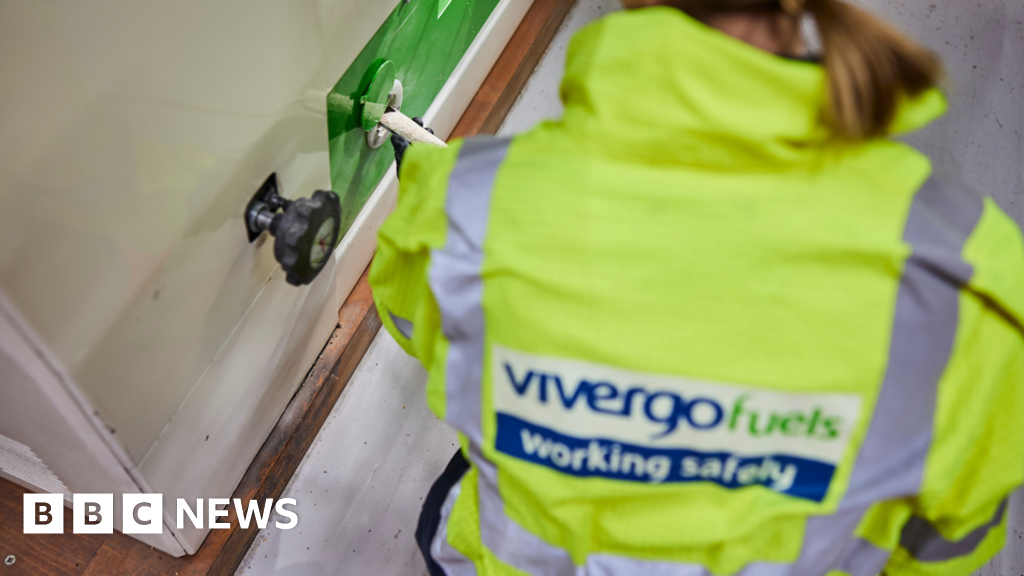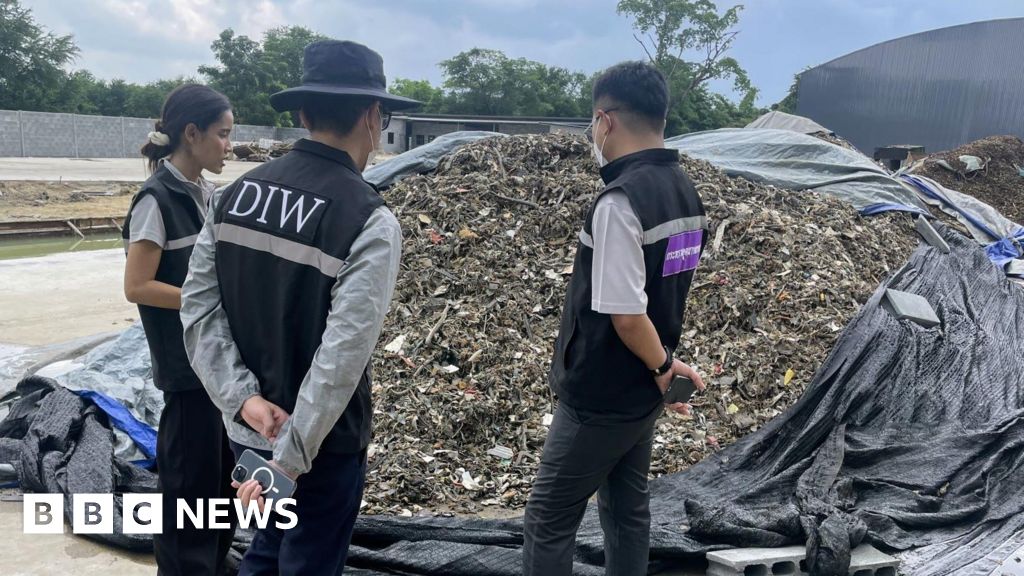As an HR leader, I’m pleased to see that much progress has been made regarding disability awareness in the workplace. Last year, about 21% of people with a disability in the U.S. were employed, according to the U.S. Bureau of Labor Statistics (BLS). That is the highest rate since the U.S. began tracking the statistic in 2008, demonstrating that we are on the right track as a society. However, as a person with a disability, I recognize that there is still work to be done to achieve true inclusivity for disabled employees.
This is especially true now as more companies demand that their employees return to the office. In doing so, organizations must remain cautious not to alienate employees with disabilities and ensure their needs are still met.
Many companies carefully consider disability status when shaping workplace policies, but too often, these policies focus primarily on physical disabilities. There is an entire world of people with unseen disabilities who struggle to gain the support and accommodations they need to succeed in their roles. I have experienced this in my career.
When people first meet me, most would never suspect I have a disability because mine is not physical. Over the years, I have also worked on adapting to what is considered “normal” to better fit in with colleagues and the workplace structure.
Yet, there are still many challenges that I and other people with unseen disabilities face every day. One of the most significant concerns for many is stigma, especially those of us with non-physical disabilities. Many of these disabilities are so unique to the individual that there is no one-size-fits-all approach to accommodating them. This is why disability awareness and advocacy are vital to any conversation about inclusivity.
See also: Is your digital workplace truly empowering workers with disabilities?
Numerous disabilities are not immediately apparent, such as diabetes, epilepsy, Crohn’s disease, chronic pain, and visual or auditory disabilities. These can impact how people work, and individuals with these conditions often require additional accommodations to thrive in their roles.
We know that accessible buildings, adaptive technology and workspace accommodations are essential in maintaining an inclusive workplace. However, true inclusivity requires us to go beyond adapting only to the disabilities we see. For example, accommodations for a full-time wheelchair user can be straightforward.
However, accommodating someone with chronic pain who experiences fatigue and only sometimes uses a mobility aid is much less so. The spectrum of limitations varies from person to person, making it essential to treat each individual and their needs with the understanding and empathy they deserve.
Moreover, we must recognize and destigmatize learning and developmental disabilities that affect social interactions and communication styles, such as autism spectrum disorder, ADHD, mental illness and other social disabilities. Our unique communication styles can be misunderstood, and we may be perceived as too direct, unsociable or, in some cases, even unprofessional.
Many of us with learning or developmental disabilities struggle with social interactions or compulsory gatherings, leading to anxiety and discomfort. We need to make excuses for not staying long at work events or choosing to sit apart to alleviate the stress of proximity.
Unfortunately, this can lead to us being seen as aloof or unapproachable when, in truth, we struggle with many social cues that others rely on. The isolation we often feel is exacerbated when the work environment fails to educate other employees on interacting with us and how to make us feel welcomed and valued rather than different and othered.
One of the main challenges faced by individuals with unseen disabilities is the reluctance to disclose their condition at work. Research shows that a staggering 88% of employees with invisible disabilities choose not to reveal them to avoid stigma and discrimination. This is likely to be exacerbated by stringent return-to-office policies.
Remote work has been a boon for disabled workers, driving up employment numbers for this population. However, many who can even return to working in an office will most likely need accommodations to maintain the productivity they were achieving while working from home. The fear of being judged or misunderstood when divulging a disability and asking for accommodations can lead to further isolation, resulting in lower morale and reduced productivity. We must create an environment that encourages employees to feel comfortable seeking the accommodations they need without fear of repercussions.
Creating an inclusive environment for unseen disabilities
As we celebrate National Disability Employment Awareness Month this October, we should all commit ourselves to improving disability awareness in the workplace. Here are some essential steps that companies can take to foster a more inclusive environment for employees with unseen disabilities:
Educate and raise awareness
Offer training and workshops to employees and managers to increase awareness and understanding of unseen disabilities. Create an open dialogue where employees can share their experiences and challenges without fear of judgment.
Review existing policies
Regularly review existing policies to ensure they address the needs of employees with disabilities. Make necessary adjustments to promote inclusivity.
Promote a culture of acceptance
Foster a culture of acceptance and empathy where employees feel comfortable being authentic without fear of discrimination. Embrace and celebrate diversity, including those with unseen disabilities, and recognize their strengths and contributions to the organization.
Implement flexible accommodation policies
Implement flexible accommodation policies, recognizing that accommodations may vary widely depending on the person and disability and that it’s essential to be responsive to their needs.
Create employee resource groups (ERGs)
Establish ERGs for employees with disabilities to provide a support network and platform for sharing experiences and advocating for positive change.
When we recognize the importance of unseen disabilities in the workplace and work to destigmatize disabled workers, we create a more inclusive and supportive environment for all employees. National Disability Employment Awareness Month allows us to reflect on our practices and commit to fostering a workplace that embraces diversity in all its forms. Together, we can build a stronger, more inclusive and compassionate workforce for the future.
Credit: Source link











